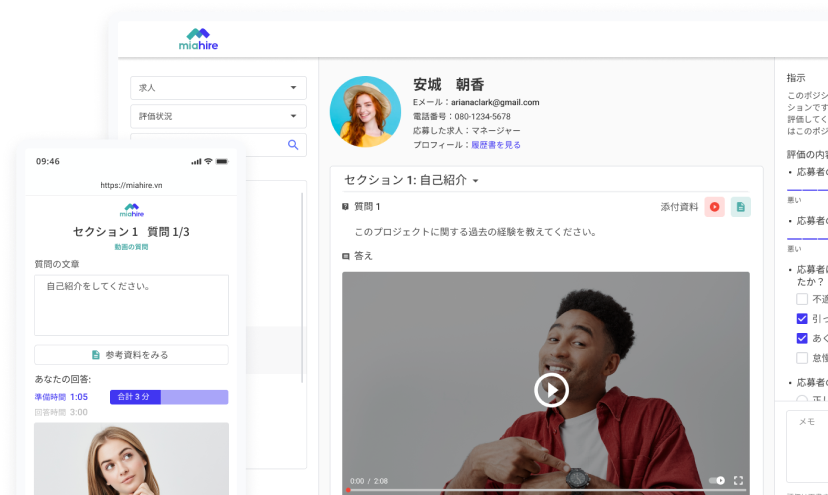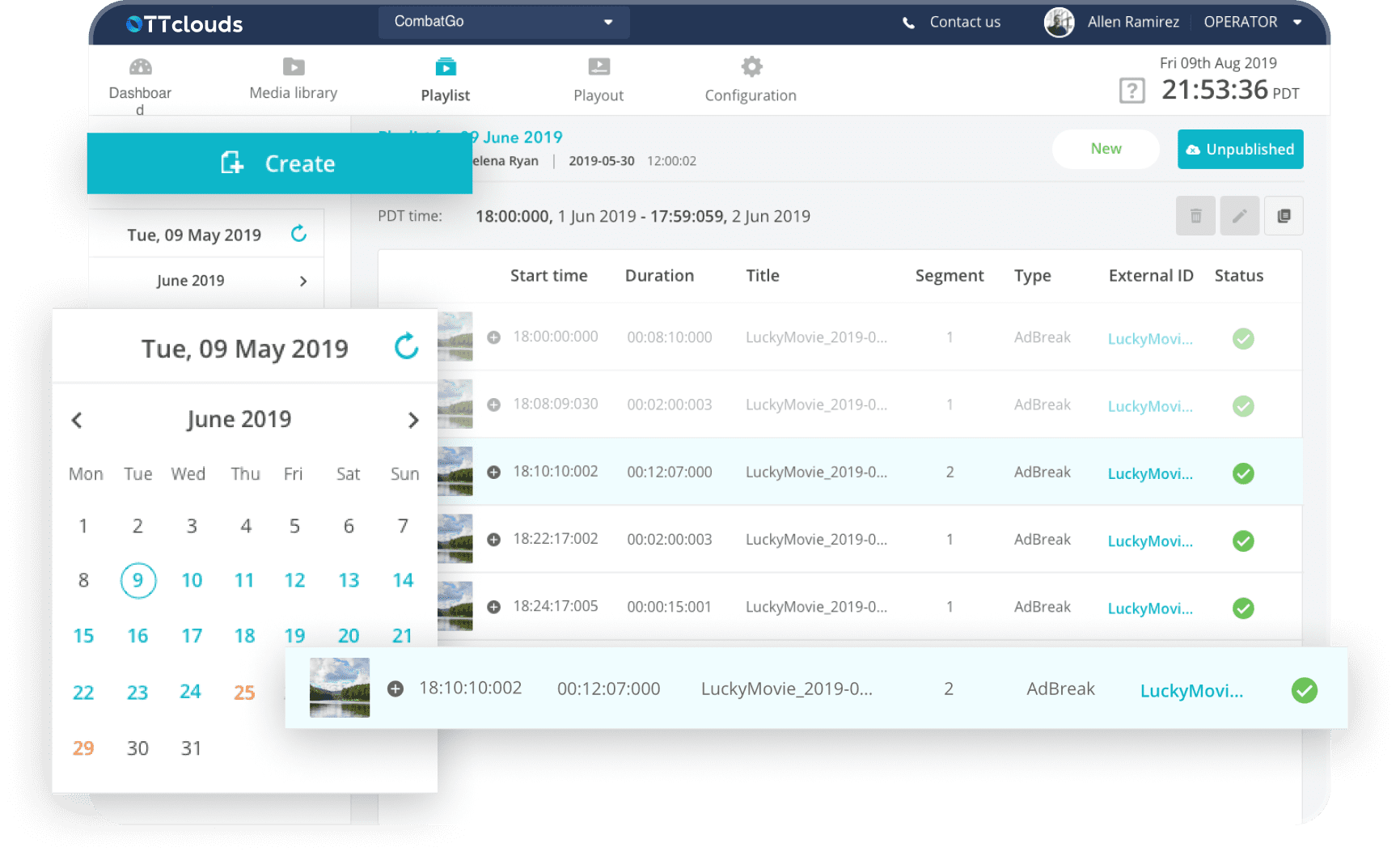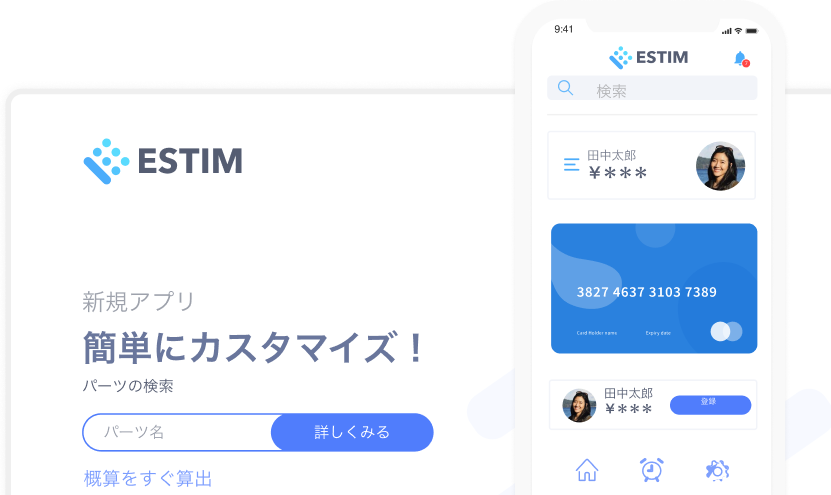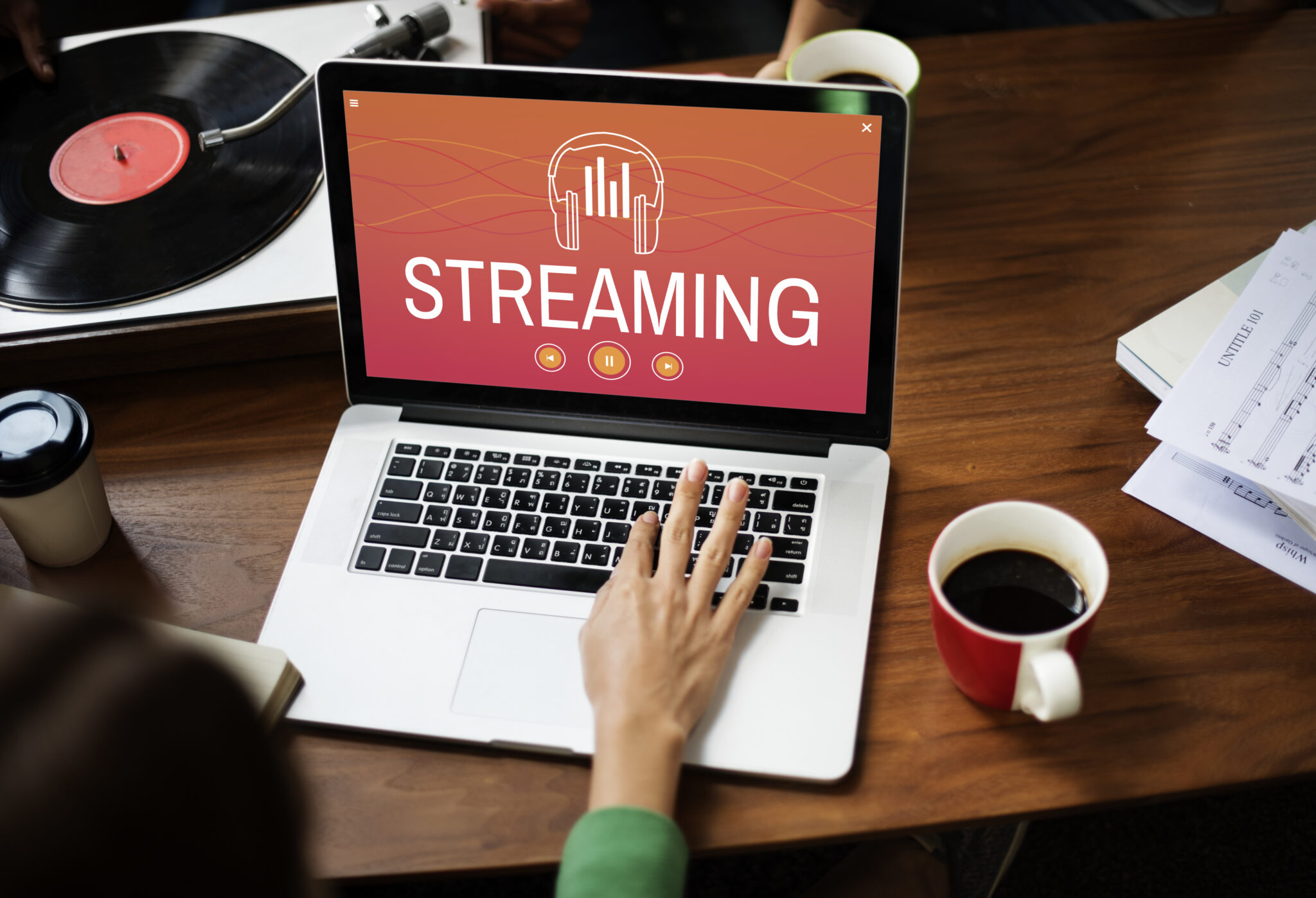10+ Key Differences Between Fast Channel vs AVOD
19/04/2022
518
06/07/2023
Fast Channel vs AVOD are two formats of streaming services that are often contrasted with one another. While both models provide users with a variety of content choices and easy access, there are fundamental distinctions between them that users should be aware of.
By comparing AVOD vs Fast, your business may choose the one that best meets your requirements when it comes to digital media consumption.
What is Fast Channel?
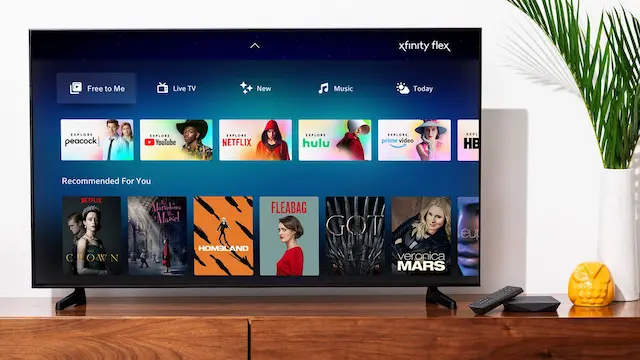
Source: Variety
Ad-supported Television (FAST) allows users to access live and on-demand programming without having to pay for a cable subscription or streaming service since it is, as the name implies, free and supported by advertisements. For viewers, FAST channels resemble conventional linear TV nearly identically, although all of the material is streamed as opposed to being broadcast.
FAST channels transmit video from broadcast networks and other content providers that are sponsored by advertisements. The method is based on buying the rights to already-produced films and television series, which are then monetized with advertisements and offered to viewers for free.
In contrast to regular subscription streaming, which requires a viewer to actively discover and choose a show from a streaming platform, FAST channels integrate the convenience of traditional broadcast inside the streaming environment.
Due to its simplicity and lack of contracts or monthly fees, FAST TV has become more and more popular as an alternative to traditional cable packages and streaming subscriptions. All you need is an internet connection to get started watching your favorite shows with this model.
⇒ Maybe you’ll be interested in: Linear TV vs OTT: Make the Optimal Choice for Your Business
What is AVOD?

Source: Brightcove
Nearly one in two US internet users regularly use AVOD sites, which are immensely popular with consumers.
YouTube, a video colossus with over 2.5 billion active users, is the best example of an AVOD platform. Although joining the site is free, in order to access material, you must view advertisements either before or during the films you choose.
YouTube splits its advertising money with its content producers as a very effective way to attract content creators and encourage them to upload popular material on the site.
Another notable AVOD provider is Hulu, which, like YouTube, offers a premium subscription for consumers who wish to see content without advertisements.
Related Blog









